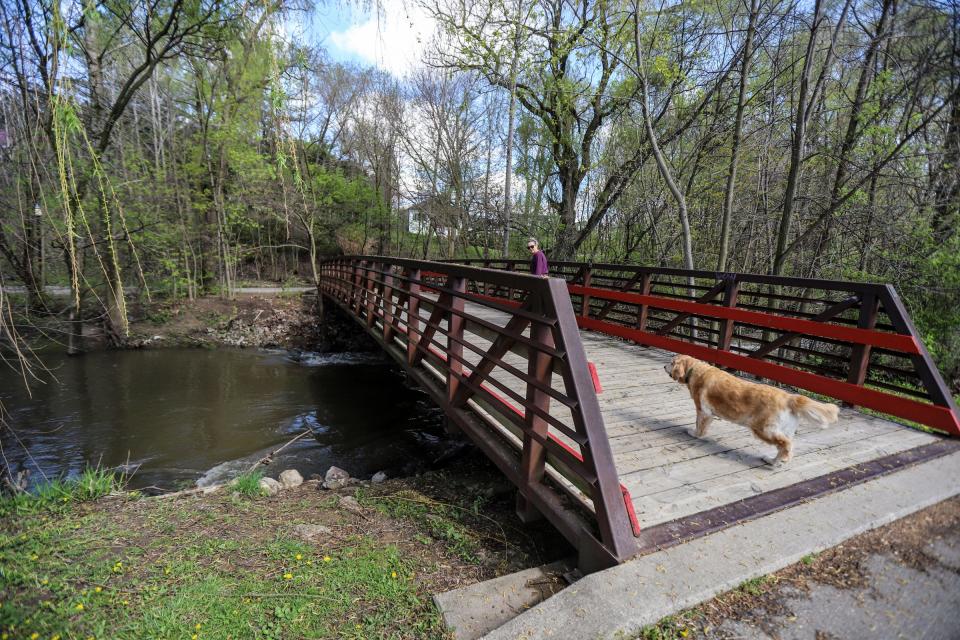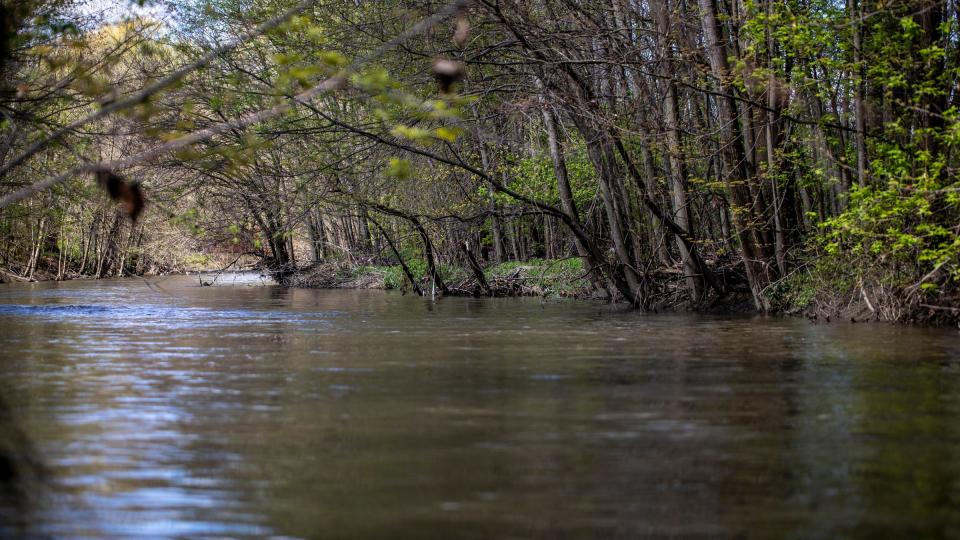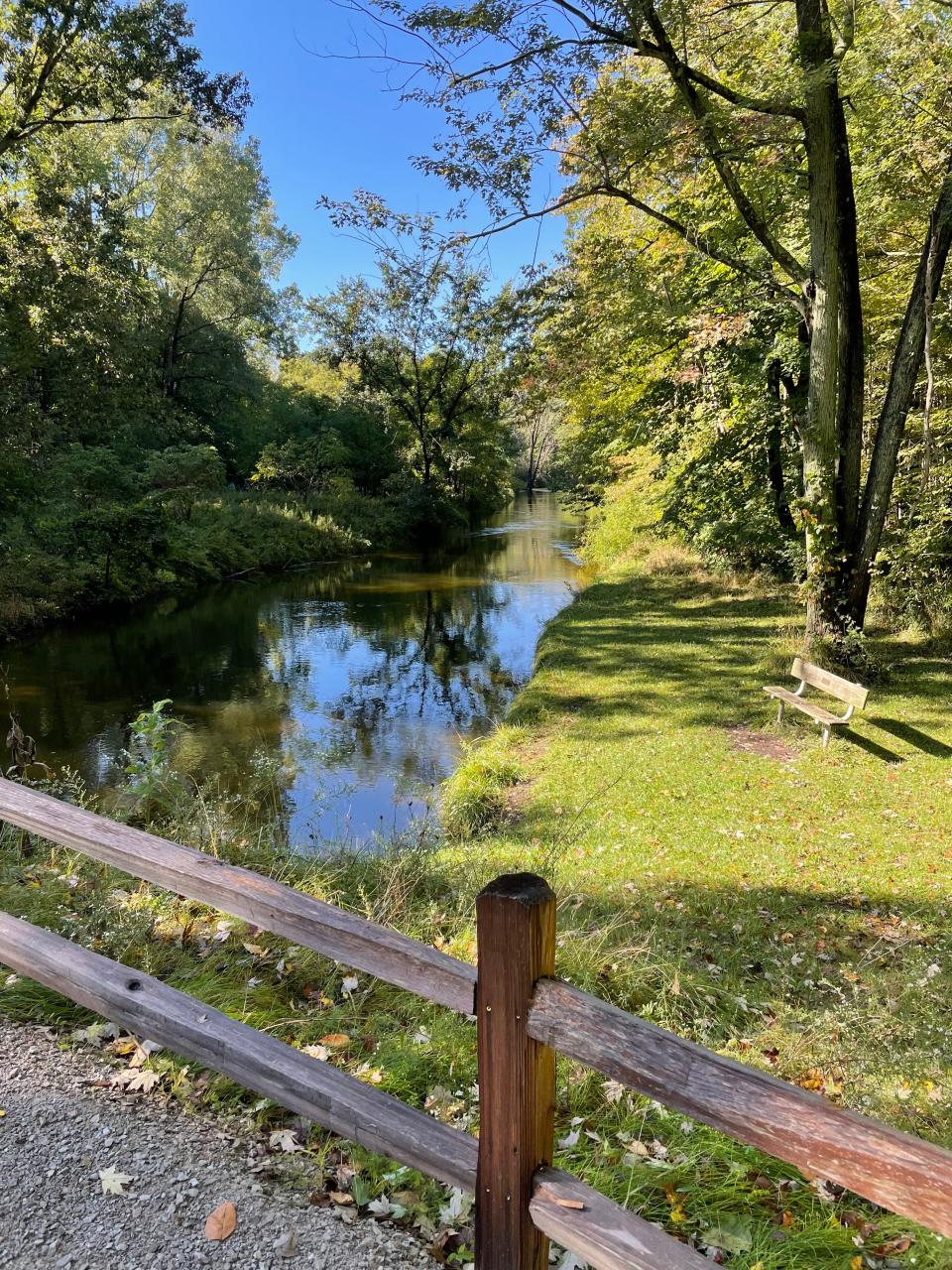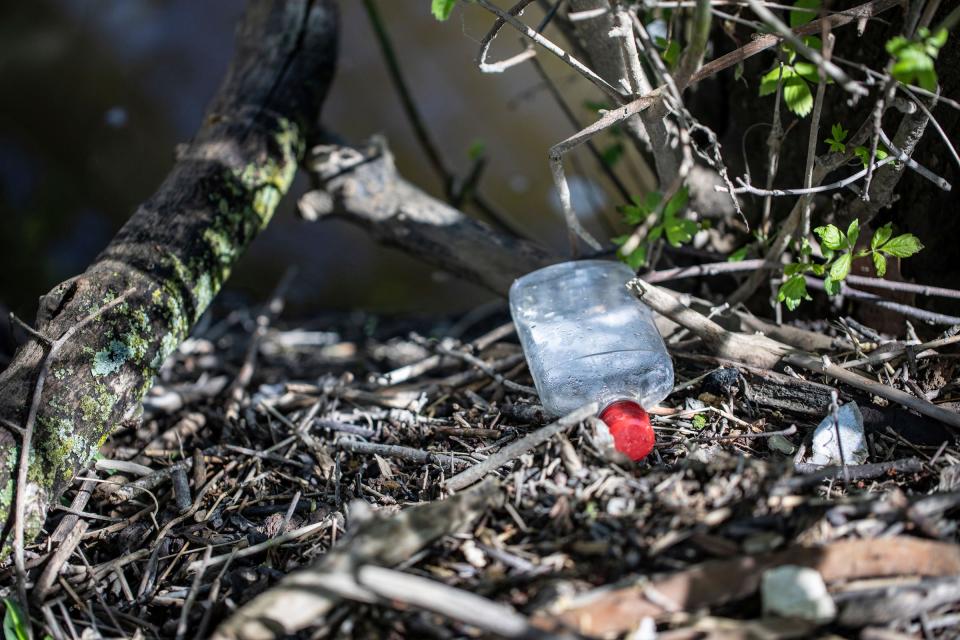Southeast Michigan's rivers, watersheds struggle in ecosystem report card
In 1948, oil discharges into the Detroit and Rouge rivers killed 11,000 ducks and geese. Two decades later, floating oil and debris on the Rouge caught fire.
Today, the Rouge River may not be burning, but it is still in poor shape, while the Detroit River is in slightly better condition, according to a new study by the University of Maryland Center for Environmental Science.
In addition to the Rouge and Detroit rivers and surrounding watersheds, the center also looked at the Clinton and Huron rivers and watersheds, and the River Raisin and its watershed. The center gave each a grade: the Rouge scored a D+, the Detroit River a C-, the Clinton and River Raisin both got Cs, and the Huron River got the best score, a C+. None got an A or a B.

The overall region got a C.
In the years since the disasters on the Rouge and Detroit rivers, environmental activism has led to decreases in pollution and more industry regulations. But many threats remain for the region's waters: contamination from heavy metals and chemicals, high levels of bacteria in the water, and flooding that may only get worse as climate change brings more rain and more frequent heavy storms.
The Maryland center spent more than two years studying the health of the five watersheds in southeast Michigan, and did more than simply examine the quality of the water. It looked at a wide variety of environmental, social and economic factors, from contaminants in the water that can cause algae blooms or beach closures to the costs of flooding, the health of fish populations, bird diversity, affordable housing, walkability and access to the water for recreation.
"Clean water and natural areas provide recreational opportunities and support tourism. They also support human health and environmental justice," the report found. And as environmental health improves, so will river-related economic conditions. For example, if wetlands and forests are restored, that can reduce flooding and all its costs, from environmental damage to flooded basements and freeways.

Alexandra Fries, project coordinator, said the study is a snapshot of conditions at the time, but can be used to measure progress, and setbacks, to improve the watersheds in the future.
While this was its first study of the Michigan watersheds, the center has been tracking the health of the Chesapeake Bay since 2007 and has also done research around the world: from coral reefs in the Pacific Islands to the savannas of Africa.
The center started its study in Michigan by meeting with local scientists, government officials, businesses and residents, who then helped to identify what was valuable in an ecosystem and the threats to those values.
"The resulting report cards are 'socioenvironmental' because they contain more than just environmental concerns; rivers have recreational and economic value to the people who live in their watersheds," the study noted.
A high score suggests communities and ecosystems are well-prepared for future changes. But in southeast Michigan, the study said a combination of increasing development and changing climate requires careful planning and management of resources, based both on scientific data and collaboration.
Two especially problematic issues for the region are flooding and water quality, especially the presence of bacteria from sewage overflows, and chemicals from fertilizers and pesticides.

For example, the nutrients in fertilizers used on agricultural and residential properties can cause harmful algae blooms, which can impact the safety of drinking water. But healthy riverfront habitat, trees and wetland buffers can help with fertilizer runoff "and keep the water drinkable and usable for the people of Southeast Michigan."
According to the study, flooding is one of the most devastating natural disasters faced by many communities in the region, and may only get worse.
"In the highly developed Rouge and Detroit rivers, floods overwhelm aging wastewater infrastructure and release diluted raw sewage into waterways," the study said. This harmful bacteria threatens human health and water quality and results in beach closures.
"Solving flooding issues will be essential to the long-term vitality of Southeast Michigan," the report said. Wetland restoration and green infrastructure development can improve a community's resilience to flooding.
Improving the watersheds of southeast Michigan requires a collaborative effort of scientists, government officials and residents themselves. If you want to help, the study suggest the following: plant a rain garden, reduce your use of fertilizers and pesticides, volunteer for river cleanups and support local small businesses.
Southeast Michigan river, watershed grades
Here's a look at each of the rivers.
Rouge River: D+. Poor condition. Low marks for flood prevention, better grades for parks and walkability.
Detroit River: C-. Moderate condition. High marks for water quality, which suggests that excess nutrients are low enough to encourage habitat restoration, and good diversity of birds, but poor marks for flood prevention.
Clinton River: C. Moderate condition. Low scores for bacteria in the water and flood prevention, a high score for beach access.
River Raisin: C. Moderate condition. Water quality is moderate but good bird diversity, and access to beaches.
Huron River: C+. Moderate condition. Good water quality and bird populations, but forests and wetlands have been lost over time. The river is popular with boaters and anglers, and does not have sewer overflows.

Contact Jennifer Dixon: jbdixon@freepress.com
More: Devastating floods hit in 2023 Severe storms pound metro Detroit after Wayne County flooding; 300K in state without power
More: 2021 floods devastate region What caused last summer's massive floods? Probe of regional water authority released
This article originally appeared on Detroit Free Press: SE Michigan rivers, watersheds struggle in ecosystem report card

